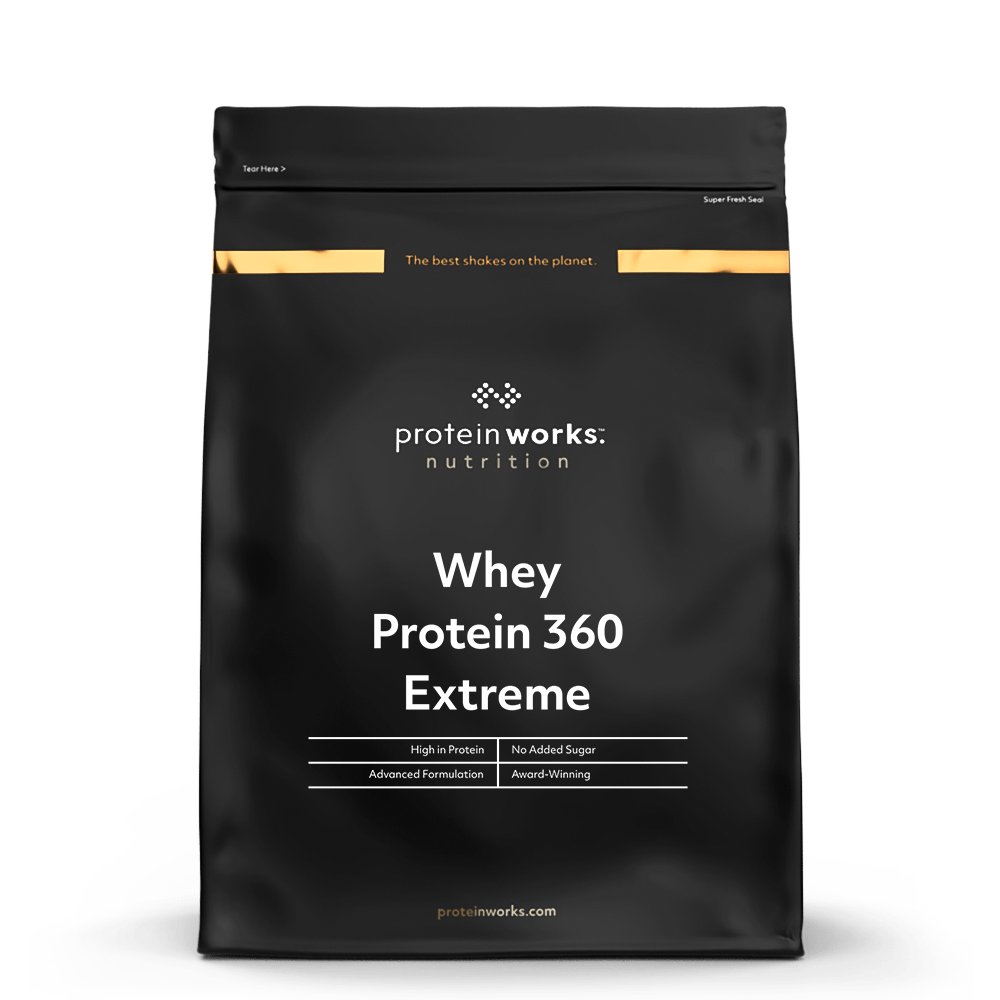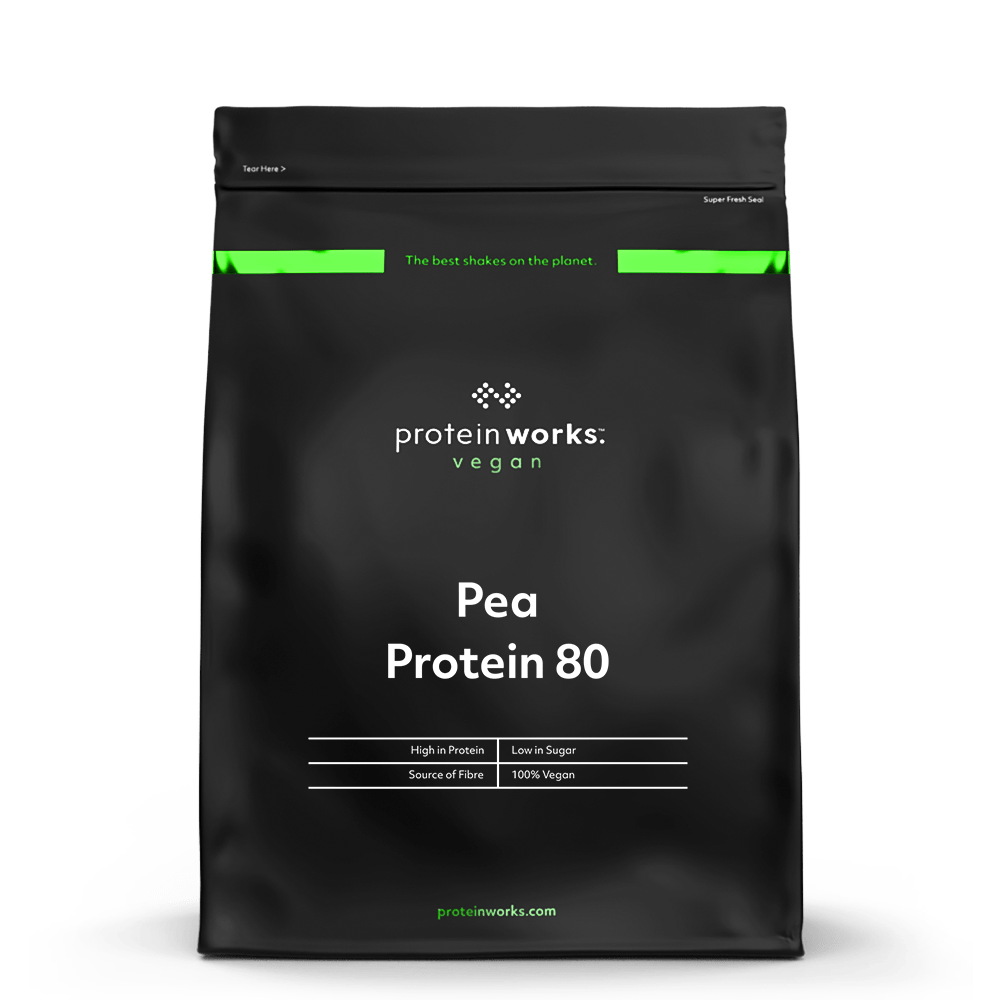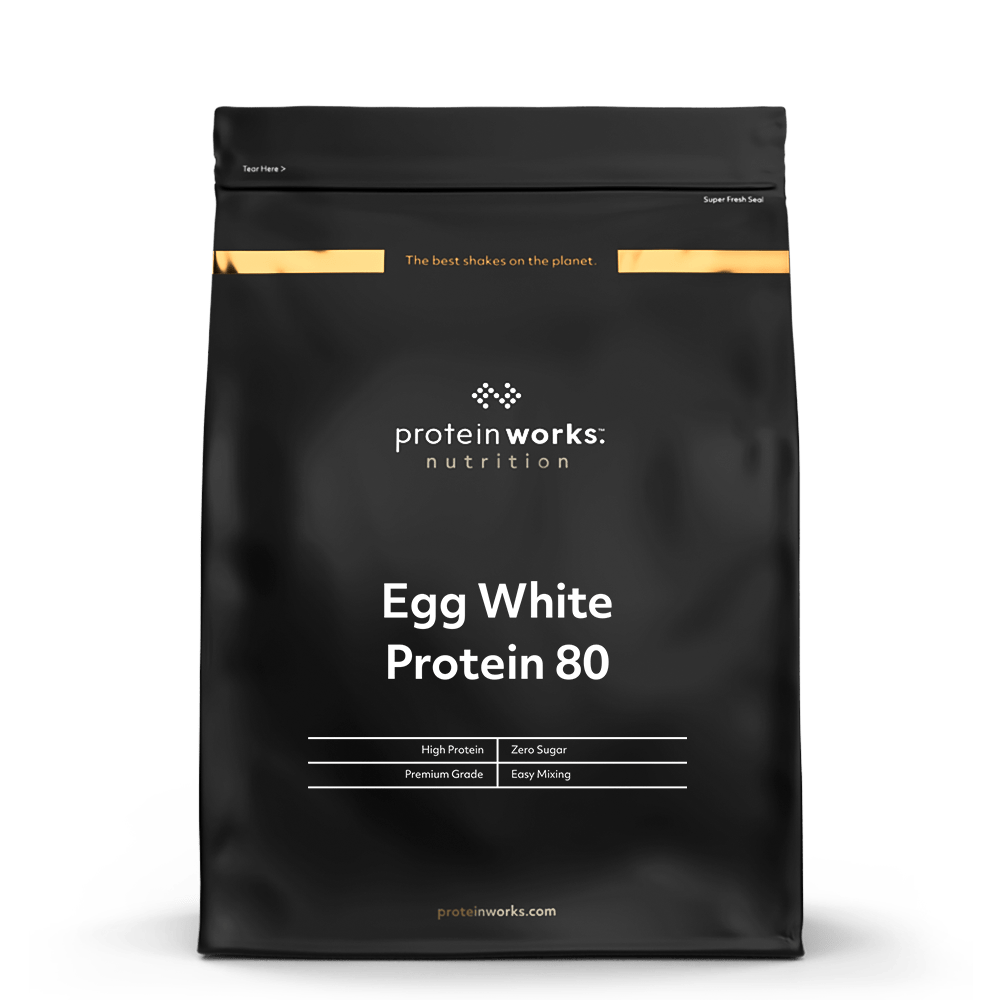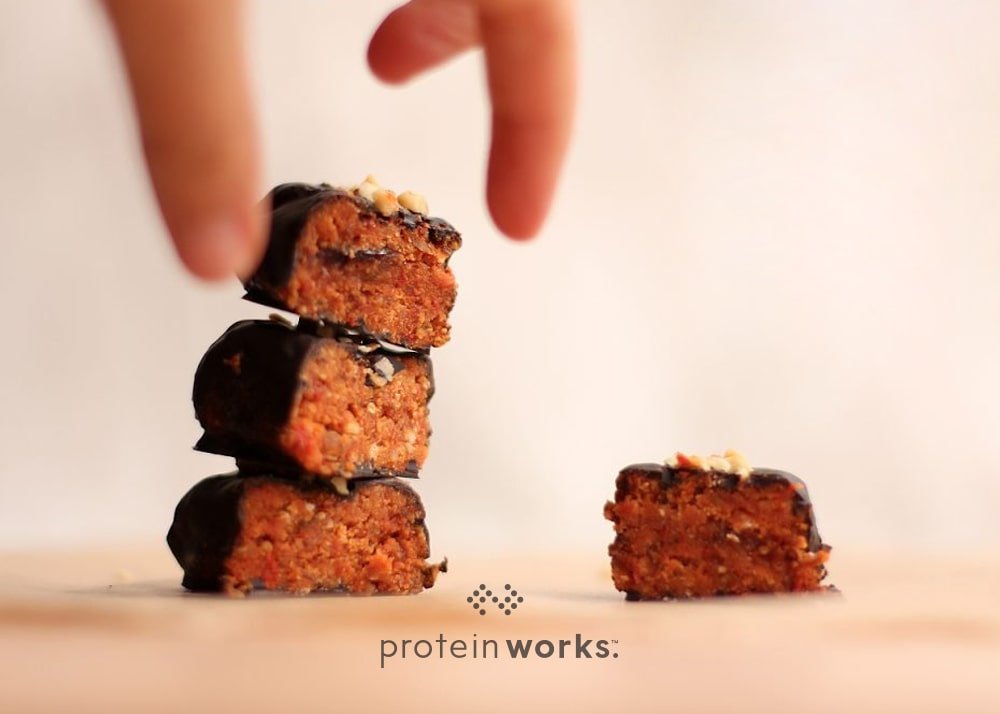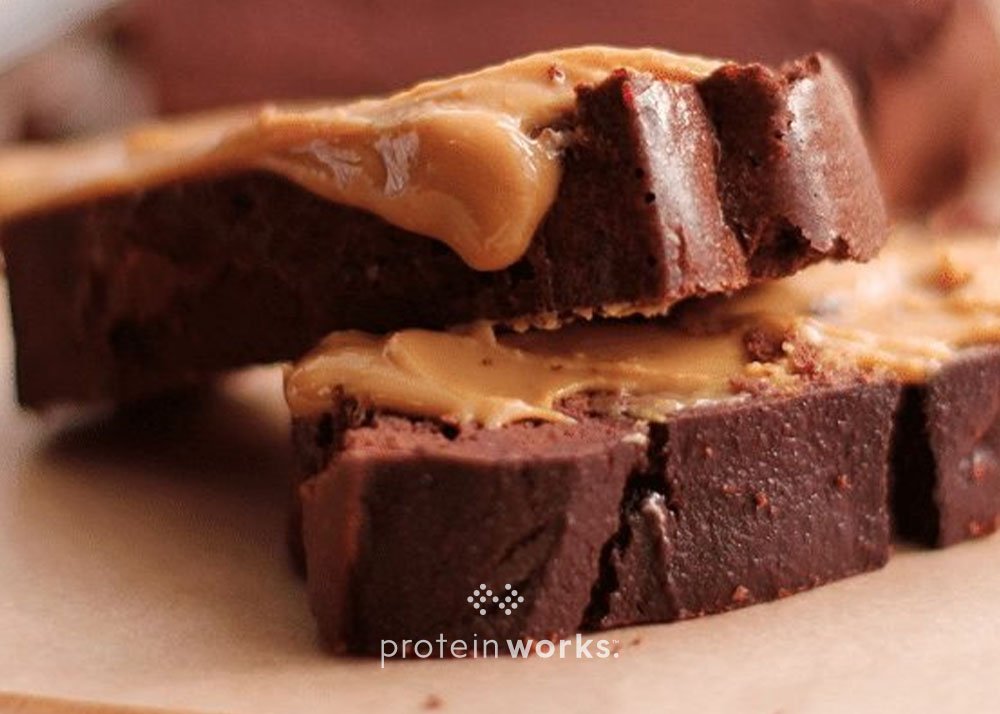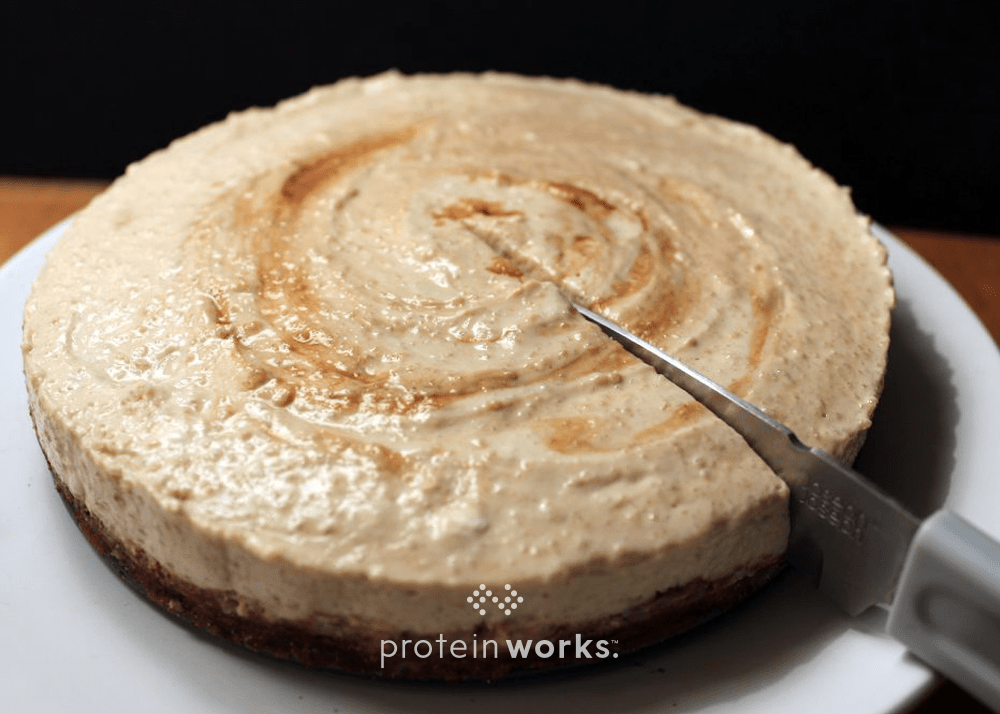
An Introduction to Protein Powders
PEA
Pea Protein Powder is an wonderful all-round protein powder. You wouldn’t know it if you go by first impressions though! Because, when you smell it for the first time, you immediately get hit with a strong smell of ‘FOOD.’ It smells savory and kind of like peas. For this reason, using it as a base for a protein shake is not the hottest of ideas. It’s not because it’s savoury it’s because its flavour is not strong enough to stand on its own. Couple it with something else though – sweet OR savoury – and you’ve got yourself an extremely versatile powder. You can use pea protein powder to make creamy protein sauces, protein soups, protein patties, crepes, savoury pancakes, and breads. You can also use it to make protein muffins, protein cupcakes, protein cookies and protein bars! Pea protein powder gives a wonderful bready texture to baked goods. For this reason, it’s one of the best flour-replacing powders.
CASEIN
Like whey, casein is a dairy-based powder. It belongs to the same family as whey but acts totally differently in food. You’ll notice this as soon as you mix it with water or milk to make a protein pudding or shakes – your mixture will be thicker and considerably creamier than it would if you’d added the same quantity of whey. Because of its liquid-absorbing qualities, it’s great to use casein in protein puddings, protein bars, protein flans and cakes. It’s also great to bake with, maybe even more so than whey. That’s because, unlike whey, casein has less of a tendency to dry your baked goods. Instead, it adds a thicker and breadier texture to them. One of favorite ways of using casein is in protein frostings frostings.
EGG WHITE
The egg white protein powder you find in the baking aisle of supermarkets is usually sold in small packs. It’s intended for the making of meringues, mousse, and other desserts that require the use of whipped egg whites. Egg White Powder bought in bulk though, from protein stores for example, is not exactly the same. For one, it doesn’t meringue like the other stuff does – it never gets any soft (let alone hard) peaks. It also tends to be flavoured and marketed as a substitute for whey to people who may be intolerant to lactose. Used as the basis to a protein shake, egg white protein powder is N-A-S-T-Y. Used in baking though? It’s actually quite cool! Because you can just ‘reconstitute’ it into regular egg whites and use it for regular baking. You can also use egg white protein powder to make omelets (as long as it’s unflavored!), protein porridge, and/or just throw it into your next protein pancakes for an extra protein boost!
WHEY
Out of all the protein powders, whey is probably the most popular. It’s tasty, has a smashing nutritional profile, is easy to find (most health-food stores stock it), convenient (to drink in shake form), and it’s great to cook with. A lot of people are scared to bake with whey, though, mobilizing a kind of horror scenario involving “denaturing” to argue against even trying. That’s why one of the first things you should do when starting out protein baking is to learn what denaturing actually is (see below). Once people learn what denaturing actually IS and what it DOES, well, then all kinds of great things come to life! Most whey protein powder (and I say most because there’s also goat whey protein powder) is made from cow’s milk. It’s ‘dairyish’ in taste and, for this reason, it’s commonly used as the basis to a protein shake. When cooking whey, you have to be very careful though because it has the potential to overpower your foods and turn them extremely dry, carboardlike and rubbery. To counter whey’s ‘drying potential’, what you need to do is make sure that you use a lot of ‘moisturizing’ ingredients. These are things like pumpkin puree, bananas, cooked sweet potato, cottage cheese, yogurt, quark, and/or whole eggs. You can use whey for all kinds of things besides shakes. You can, for example, use it to make protein cheesecake, protein cakes, protein flan/custards or glorious oh so glorious protein fluff!
ABOUT COOKING WITH PROTEIN POWDER AND DENATURING
One of the most pervasive myths surrounding protein powders is that COOKING protein powder IRREVOCABLY DAMAGES it because it DENATURES it. It’s incredible, the sheer power of the idea that, by denaturing protein powder (i.e. by baking or cooking it in any form), the protein becomes ‘damaged’ and useless. I’m sure you’ve run into this idea before.
The answer to the question of “does heating or cooking protein powder ‘damage’ it?” is: NO. The protein doesn’t get ‘damaged’; our bodies absorbs the exact same amino acids from the protein whether we cook it or not. Though baking alters the structure of the protein (yes, it does ‘denature’ it), its nutritional value remains unchanged. Think about this: proteins are basically chains of amino acids that, when heated, can change their conformation (i.e. their structure). When you eat the protein, its molecules are broken down into individual aminos and are then brought together in your cells becoming a source of dietary protein. Cooked or uncooked, your body absorbs the protein anyway.
Do we see the protein in eggs as somehow ‘damaged’ by cooking? We don’t – even though, in reality, heating the egg’s protein ‘denatures’ it too, i.e. it changes the naturally occurring amino acid configuration of the egg!
The great folk at Tera’s Whey even asked the University of Wisconsin’s Center for Dairy Research about baking with protein powder, to put the matter – once and for all – to rest as this was a question that they too were getting fairly often. Here’s what they had to say “… whey may also be used in baked products to add additional nutritional benefits….In general, protein solubility is affected by heat and most foods are heat-processed, whether it involves baking bread, cooking caramel, or retorting soup for preservation purposes…. During baking, some of the proteins may become denatured but as this is a structural change, the nutritional content of the whey remains and thus provides essential amino acids which are part of a healthy diet. ” (UW Center for Dairy Research, from Tera’s Whey Focus Group, 2012).


